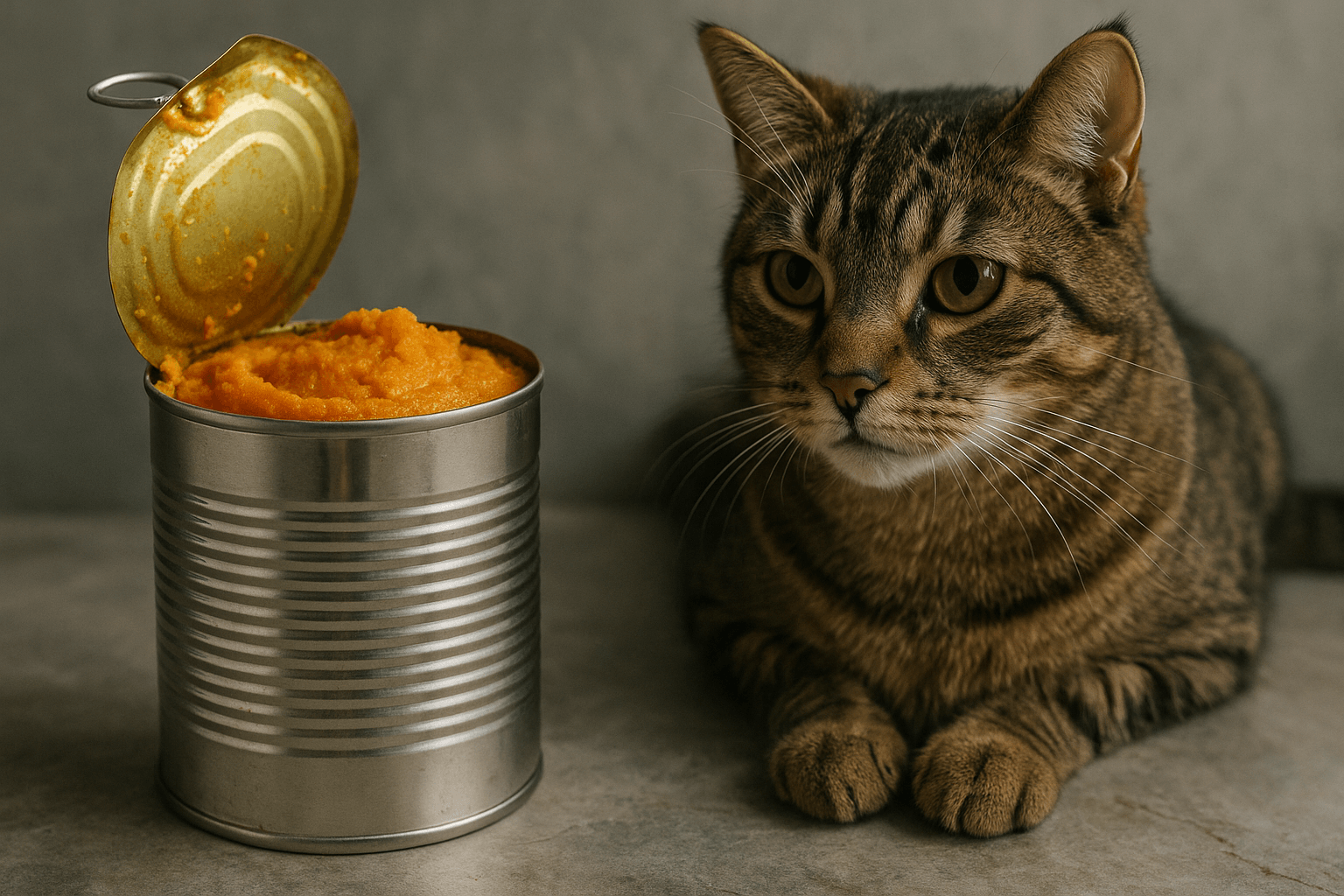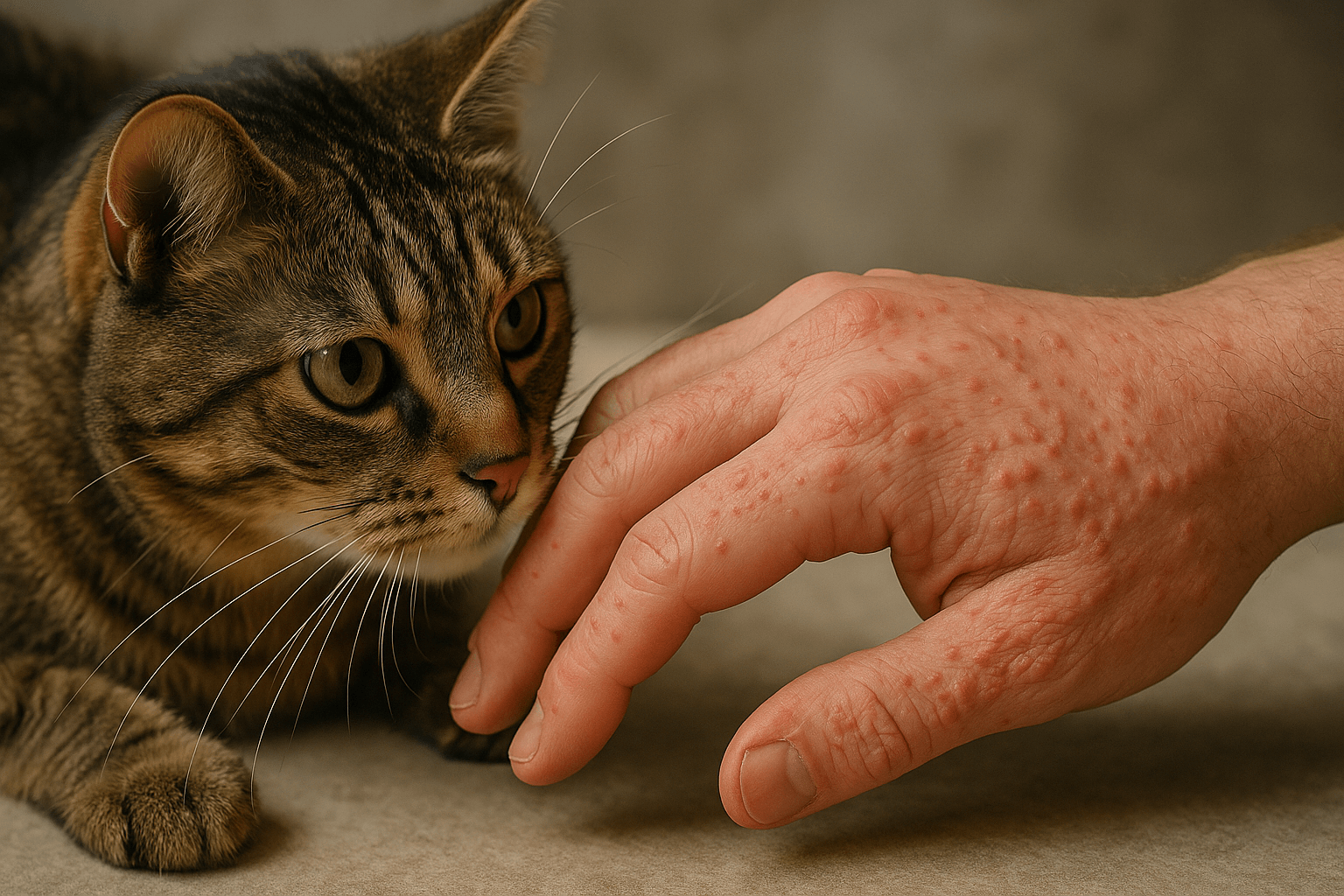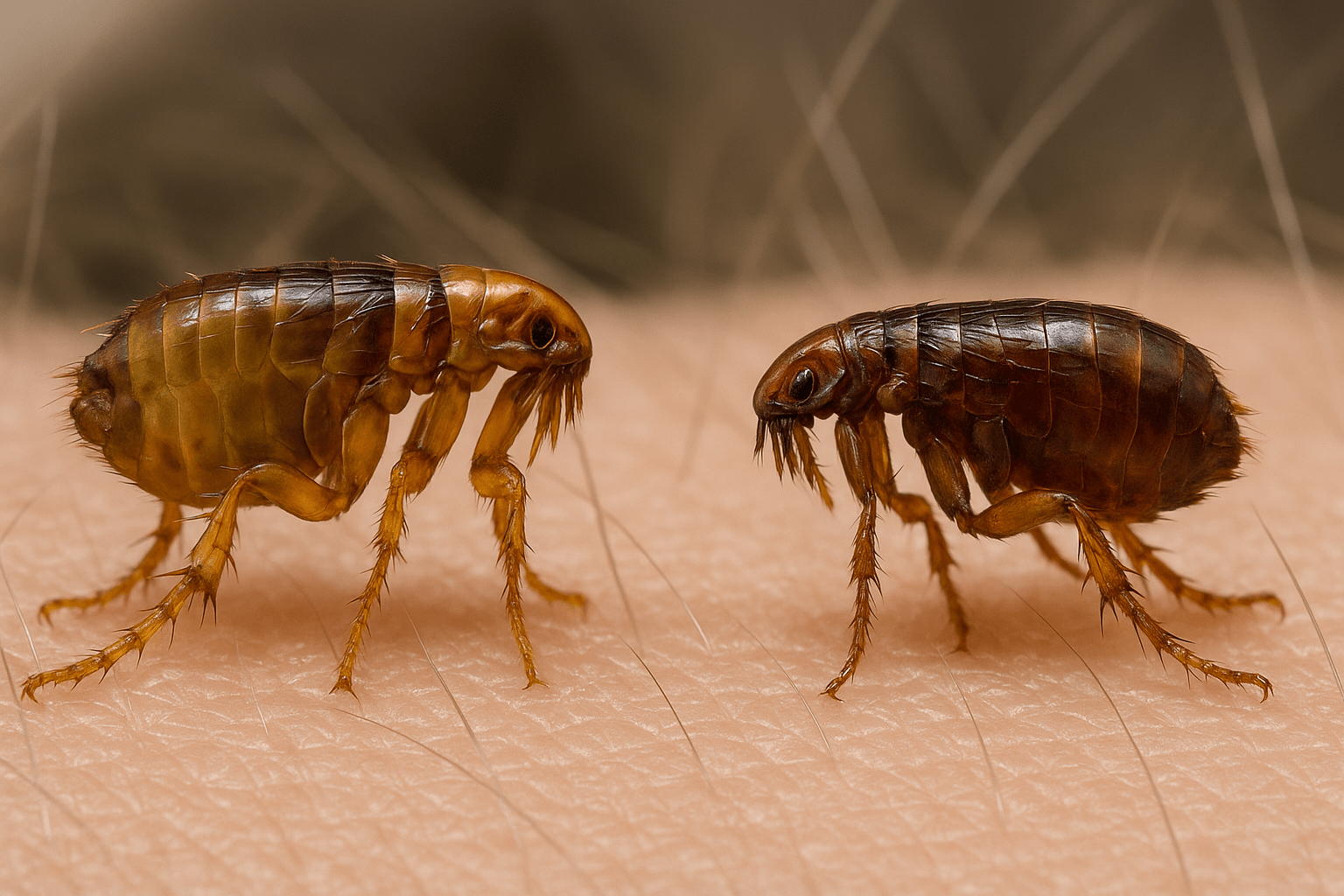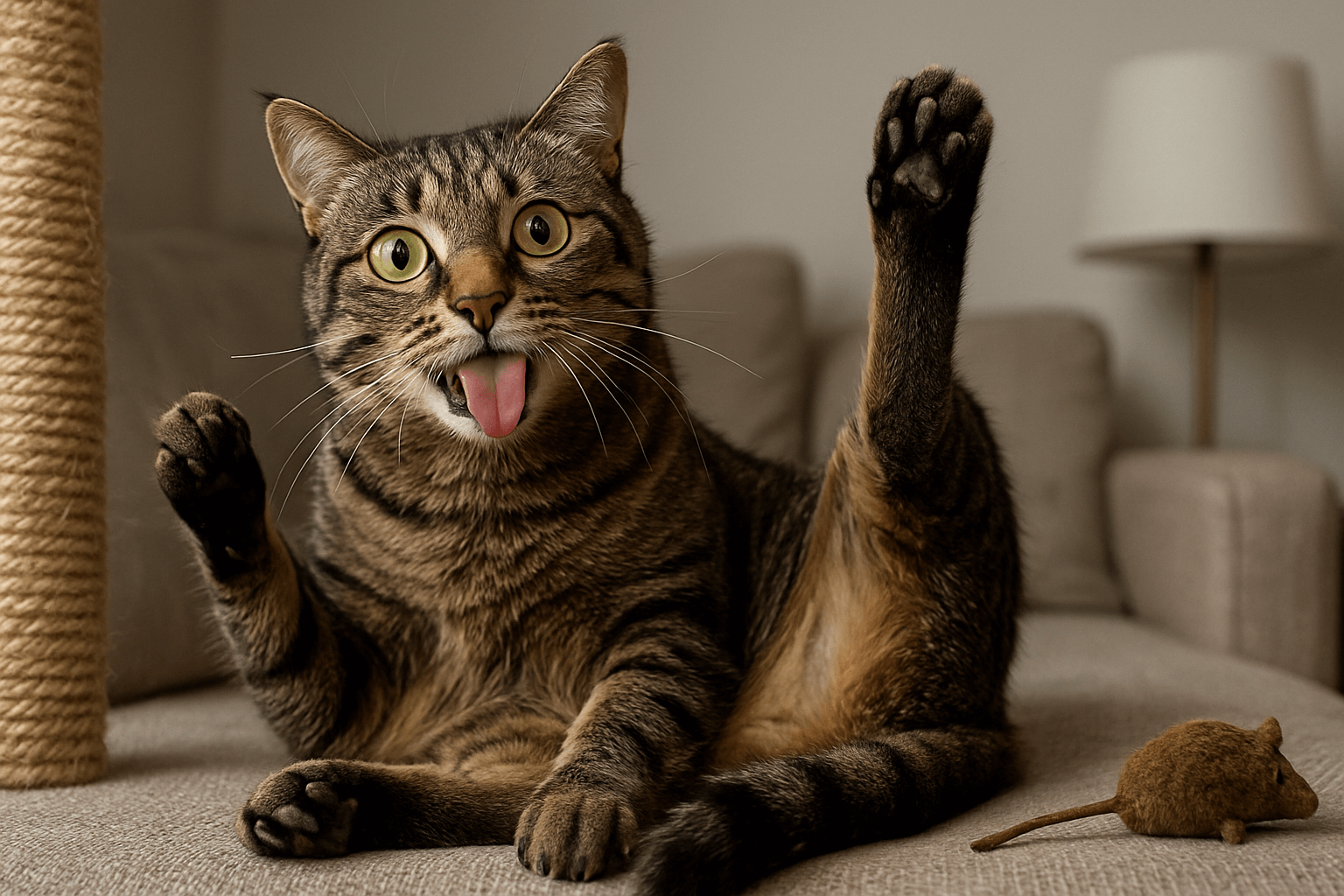Understanding Cat Scabs: Causes, Symptoms, and Care
As a cat owner, you know how important it is to keep an eye on your feline friend’s health. One issue that can sometimes arise is the appearance of scabs on your cat’s skin. While scabs are often a natural part of the healing process, they can also indicate underlying health concerns that require attention. Whether caused by allergies, parasites, injuries, or infections, understanding what cat scabs are and how to address them is essential for ensuring your pet’s well-being. In this blog post, we’ll explore the causes, symptoms, and treatment options for cat scabs, along with tips to prevent them from recurring. Let’s dive in and learn how to keep your furry companion healthy and comfortable.
Common Causes of Cat Scabs
Cat scabs can develop for a variety of reasons, and identifying the root cause is the first step toward effective treatment. Here are some common factors that may lead to scab formation:
Flea Allergies
Fleas are a common culprit behind skin irritation in cats. Even a single flea bite can trigger an allergic reaction, leading to intense itching and scabbing.Mites and Parasites
Skin mites, such as those causing mange, can irritate your cat’s skin and result in scabs, especially around the ears and face.Allergic Reactions
Food allergies, environmental allergens, or contact with irritating substances can cause your cat to scratch excessively, resulting in scabs.Injuries or Fights
Cats are territorial and may engage in fights with other animals, leading to wounds that heal into scabs.Underlying Skin Conditions
Conditions like dermatitis or fungal infections can weaken the skin barrier, making it more prone to scabbing.
By identifying the cause of your cat’s scabs, you can take targeted steps to address the issue and prevent further discomfort for your pet.
Symptoms to Watch For
If you suspect your cat has scabs, there are several accompanying symptoms to look out for. These signs can help you determine whether the issue is minor or requires veterinary attention. Here’s what to observe:
Excessive Scratching or Licking
If your cat is constantly scratching or licking a specific area, it may indicate irritation or pain.Hair Loss
Patchy or thinning fur around the scabs can signal ongoing skin issues or self-inflicted damage from scratching.Redness or Swelling
Inflamed skin around the scabs may suggest an infection or allergic reaction.Behavioral Changes
A normally active cat becoming lethargic or irritable could be a sign of discomfort caused by scabs.Odor or Discharge
Foul-smelling scabs or discharge may indicate a bacterial or fungal infection requiring prompt treatment.
Monitoring these symptoms will help you assess the severity of the issue and decide whether professional care is necessary.
Check this guide 👉Understanding Cat Nose Scabs: Best 7 Health Tips!
Check this guide 👉Why Your Cat Has Scabs on Its Neck: Best 7 Health Tips!

Preventive Measures | Treatment Options |
|---|---|
Regular flea prevention | Topical antibiotics for infections |
Balanced diet to boost immunity | Medicated shampoos for skin relief |
Keeping the environment clean | Anti-inflammatory medications |
Routine grooming and inspections | Flea and tick treatments |
Minimizing stress triggers | Veterinary-prescribed ointments |
How to Treat Cat Scabs at Home
While some scabs can be managed at home, it’s crucial to approach treatment carefully to avoid worsening the condition. Here are some safe and effective steps you can take:
Clean the Area Gently
Use a mild, pet-safe antiseptic to clean around the scab without irritating the skin further.Apply a Soothing Ointment
Pet-safe creams or ointments can help reduce inflammation and promote healing.Prevent Scratching
Consider using an Elizabethan collar (cone) to stop your cat from aggravating the scab.Monitor for Improvement
Keep an eye on the scab daily to ensure it’s healing properly and not becoming infected.Consult a Vet if Needed
If the scab doesn’t improve within a few days or shows signs of infection, seek professional advice.
With these steps, you can provide your cat with the care they need while keeping their comfort in mind.
Tips for Preventing Cat Scabs
Prevention is always better than cure when it comes to your cat’s skin health. By taking proactive measures, you can minimize the risk of scabs forming. Here are some helpful tips:
Maintain a Flea-Free Environment
Regularly treat your cat and home for fleas to prevent infestations and allergic reactions.Feed a Nutrient-Rich Diet
A balanced diet rich in omega-3 fatty acids supports healthy skin and reduces the likelihood of irritation.Groom Your Cat Regularly
Brushing your cat’s fur helps remove dirt, debris, and potential irritants that could harm their skin.Reduce Stress
Create a calm and stable environment to minimize stress-related behaviors like overgrooming.Schedule Routine Vet Checkups
Regular veterinary visits can help catch and address skin issues before they escalate.
By following these preventive measures, you can help keep your cat’s skin healthy and free from scabs.
Signs Your Cat’s Scabs May Be Serious
While some scabs are harmless and heal on their own, others may indicate a more serious underlying issue. Pay attention to these warning signs that suggest your cat needs professional care:
Persistent Bleeding
If the scab continues to bleed or ooze fluid, it could indicate an infection or slow healing.Worsening Redness or Swelling
Increasing inflammation around the scab may signal a deeper skin infection or allergic reaction.Behavioral Changes
A normally active cat becoming withdrawn or lethargic could mean they’re in significant discomfort.Fever or Loss of Appetite
These systemic symptoms may suggest a more severe condition requiring immediate veterinary attention.Multiple Scabs Appearing at Once
The sudden appearance of multiple scabs could point to a widespread issue like allergies or parasites.
If you notice any of these signs, it’s best to consult your veterinarian promptly to ensure your cat receives the care they need.
Natural Remedies for Mild Cat Scabs
For minor scabs, natural remedies can provide relief and support the healing process. However, always ensure these treatments are safe for cats before use. Here are some gentle options to consider:
Aloe Vera Gel (Pet-Safe)
Apply a small amount of pet-safe aloe vera gel to soothe irritated skin and promote healing.Coconut Oil
A dab of virgin coconut oil can moisturize dry skin and reduce inflammation around the scab.Oatmeal Baths
Prepare a diluted oatmeal solution to gently cleanse and calm your cat’s irritated skin.Chamomile Tea Compress
Use cooled chamomile tea as a compress to reduce redness and irritation around the scab.Apple Cider Vinegar Spray
Dilute apple cider vinegar with water and lightly spray it on the affected area to deter bacteria.
While natural remedies can be helpful, they should never replace professional treatment if the scab worsens or doesn’t heal.
How to Keep Your Cat Comfortable During Healing
When your cat has scabs, keeping them comfortable is essential for their recovery. A stress-free environment and proper care can speed up the healing process. Here’s how to ensure your cat feels at ease:
Provide Soft Bedding
Offer plush, clean bedding to prevent further irritation to the scabbed area.Limit Physical Activity
Discourage jumping or rough play to avoid reopening or worsening the scab.Keep the Area Clean
Regularly clean around the scab with a damp cloth to prevent dirt buildup and infection.Offer Distractions
Engage your cat with toys or activities to redirect their focus away from scratching.Ensure Proper Hydration
Encourage your cat to drink plenty of water to support overall skin health and healing.
By prioritizing your cat’s comfort, you can help them recover faster and reduce the risk of complications during the healing process.
Frequently Asked Questions About Cat Scabs
Are cat scabs always a sign of a serious problem?
Not necessarily. Minor scabs can heal on their own, but persistent or severe cases should be evaluated by a vet.
Can I use human ointments on my cat’s scabs?
No, many human products are toxic to cats. Always use pet-safe treatments.
How long does it take for a cat scab to heal?
Most scabs heal within 7–10 days, provided there’s no infection or continued irritation.
What should I do if my cat keeps scratching the scab?
Use an Elizabethan collar to prevent further damage and consult your vet if the behavior persists.
Can allergies cause scabs in cats?
Yes, allergies can lead to excessive scratching, which may result in scabs. Identifying and addressing the allergen is key.
Final Thoughts: Caring for Your Cat’s Skin Health
Cat scabs may seem like a minor issue, but they can sometimes point to deeper health concerns that require attention. By understanding the causes, recognizing the symptoms, and taking preventive measures, you can ensure your cat stays happy and healthy. Remember, your feline friend relies on you to provide the care they need, and addressing skin issues promptly is an important part of being a responsible pet owner. With patience, observation, and proper care, you can help your cat enjoy a life free from discomfort and irritation. After all, a healthy cat is a happy cat!
Canned Pumpkin for Cat Diarrhea: Best 7 Expert Tips! Natural remedy to firm stools, soothe upset bellies, and support gut health safely.
Can a Cat Give You Scabies? Best 7 Expert Tips! Discover the truth about feline mites, human skin risks, and how to protect yourself—without panic.
Cat Flea vs Human Flea: Best 7 Expert Tips! Discover the truth about bites, species, and how to eliminate infestations for good.
Weird Cat Behaviors: Best 7 Expert Tips! Discover why cats do strange things—and how to understand, not punish, their instincts for a happier home.





